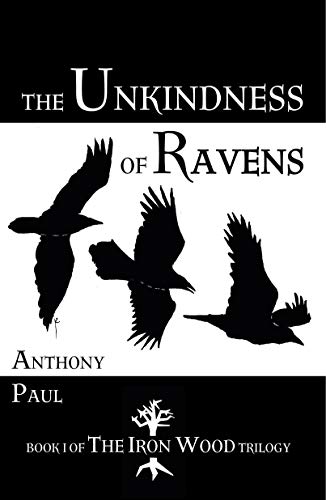Jane Eyre by Charlotte
Page 9 of 26 - 1 2 3 4 5 6 7 8 9 10 11 12 13 14 15 16 17 18 19 20 21 22 23 24 25 26 Purchase full notes for £6.95 (aprox $10.84)
40 ‘from the pages of Pamela, and Henry, Earl of Moreland .’ – All of Brontë’s references to other texts are significant in Jane Eyre , a novel which is carefully woven together from a series of narrative precedents. The reference to Samuel Richardson’s Pamela may be meant as an amusing aside, as much of the Thornfield plot can be paralleled by the earlier novel (rich, and married, master falls for poor, much younger, female dependent, whom he eventually marries). The idea of Jane’s head being full of ideas from this novel when she meets Rochester is an intriguing thought, though not one that Brontë chooses to develop. The Fool of Quality, or the History of Henry, Earl of Moreland is a sentimental novel by an Irishman named Henry Brook. Much imbued with the spirit of Rousseau, the protagonist provides a model for Jane in his continual fights against inequality and repression.
41 ‘dingy and unwholesome skin; thick lineaments in a spacious visage, heavy limbs and large extremities.’ – John Reed’s flabby and unpleasant appearance is a total contrast to the descriptions of St John Rivers, whose face is like a classical sculpture. Both, however, seek to control Jane.
42 ‘the servants did not like to offend their young master by taking my part against him, and Mrs. Reed was blind and deaf on the subject’ – The house servants being mainly female, this is a disturbing example of women failing to protect one of their own sex from bullying by a male. By contrast, Miss Temple and, later, the sisters Diana and Mary Rivers will seek to support and help Jane when she suffers male bullying from their brother.
42 ‘Accustomed to John Reed’s abuse, I never had an idea of replying to it; my care was how to endure the blow which would certainly follow the insult.’ – Jane, at this early stage of the novel, is completely cowed, and the victim of continual bullying, both physical and mental. The narrator (Jane at a later stage of her life, of course) is highlighting her failure to stand up for herself at the outset of her life’s journey.
43 ‘ “…you are like a slave-driver—you are like the Roman emperors!”…I had read Goldsmith’s History of Rome, and had formed my opinion of Nero, Caligula, &c.’ – Brontë wants the reader to see John Reed’s bullying in the universal context of human oppression (and this, no doubt, has a feminist dimension as well).
43 ‘these sensations for the time predominated over fear, and I received him in frantic sort.’ – This is the crucial moment of the chapter – and the reason Brontë chooses to start the novel at this point in the central character’s life. After suffering unjustly for so long, Jane finally fights back – and she is immediately rewarded with further punishment and oppression.

